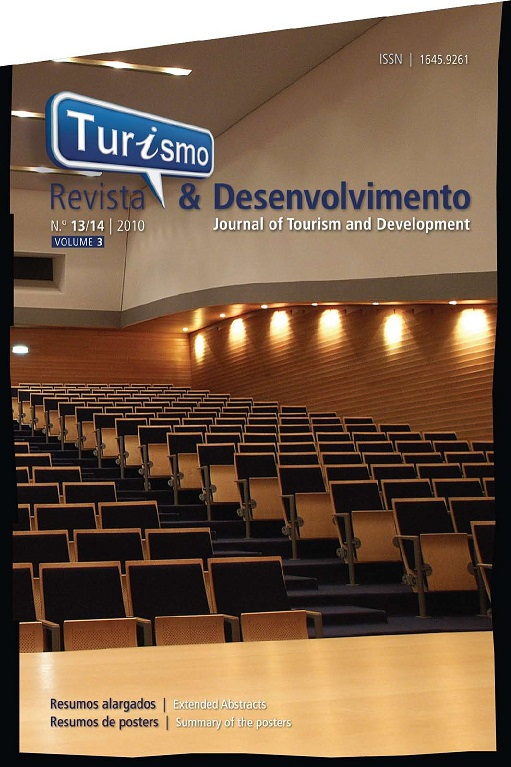Detection of empirical relationships between the NOA and international tourism demand to the Balearic Islands
Resumo
Tourism is a climate-dependent industry, as a lot of tourist activities heavily rely on specific weather conditions. Therefore, it seems also reasonable to consider meteorological factors as significant determinants of tourism demand; however, relatively little systematic research has been carried out. The most widely-used meteorological variable in determining tourism is temperature. Other variables are also used such as rainfall, wet days, cloud cover, humidity, sunshine and wind speed. One potential key variable to explain Tourism could be the NAO (the North Atlantic Oscillation).
The NAO has a significant impact on the meteorological conditions (temperature, storms, precipitations, wind speed, among others) observed predominantly in the Atlantic zone and the Mediterranean region. The phenomenon is formally defined as an anomalous difference in the atmospheric pressure between the subtropical high-pressure belt, around the latitudes of 35º- 40º in the Northern Hemisphere and centered near the Azores, and the subpolar low-pressure belt, centered over Iceland.





